Homeschool
Jumpstart your school year with a teachable moment – Solar Eclipse 2017!
The August 21 solar eclipse is the perfect opportunity to introduce a variety of science topics along with related math, language arts, history, and social studies. Use the activities below to engage your entire homeschool family or homeschool co-op in this fascinating astronomical event. Some activities are designed for use prior to the eclipse; some are for use during the actual event. There is also a collection of activities by subject and age level to jumpstart your school year.
Proper Viewing https://eclipse2017.nasa.gov/safety
What you will see https://eclipse2017.nasa.gov/eclipse-who-what-where-when-and-how
Consider attending an eclipse event or hosting your own event. Below is a collection of activities you can do during or before the eclipse.
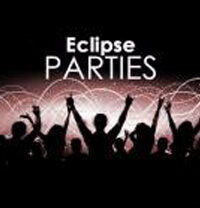
Whether you are in the path of totality or not, you can host your own event. This is a great opportunity to engage your homeschool community with fun hands-on activities.
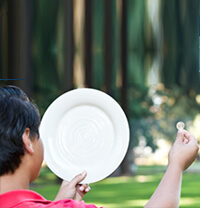
The DIY sun Science app allows families and educators to investigate and learn about the sun at home, at school, or anywhere you go! The app provides 13 free, easy to use, hands-on activities, plus images, videos, and much more! Each activity includes material lists, step-by-step instructions, and detailed explanations.
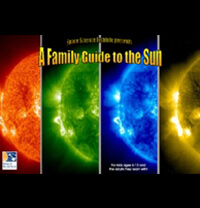
This innovative collection of puzzles, pictures, poetry and projects is designed to stimulate enjoyable co-learning experiences between kids aged 6-13 and the caring adults in their lives. The Guide assumes little or no prior knowledge about the sun or astronomy in general, and in fact addresses many popular misconceptions.
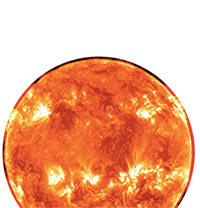
Introduce size and scale with cut out scaled images of the sun and Earth. Placing these approximately sixty-five feet apart will demonstrate the size scale and distance scale of the sun and Earth.
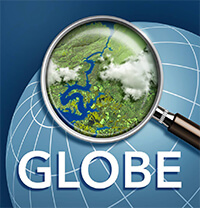
Using a free app for smart phones and tablets, NASA GLOBE Observer (NASA GO) citizen scientists record and submit environmental observations to an international research database. To participate in the NASA GO eclipse science experiment simply download the app and grab a thermometer. Observations are needed from across North America- along both the path of totality and areas experiencing a partial eclipse.

Many people have noticed changes in animal behavior, birds going to sleep, cats and dogs being confused, as a solar eclipse is in progress. In this opportunity for research, you will make scientifically-valuable observations of many aspects of this behavior. Join the California Academy of Sciences in conducting research into behavioral changes in plants and animals during a total solar eclipse. (California Academy of Sciences)
Use these resources to explore the science, math, and literature associated with the eclipse and general astronomy
..........Language Arts, History, and Social Studies
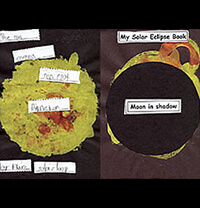
Part of a larger unit on the sun, this site includes lots of activities about the sun with Language Arts and Math connections. Learners can construct a model of the sun, Earth, and moon motions, observe and manipulate the 3-D models, and simulate the movement of these bodies during an eclipse. Activities culminate with a book of all the student work – including wonderful art projects – great for portfolios. (University of California, Berkeley – Project FIRST)

Many cultures around the world have interesting myths about the sun and the moon, reflecting their importance to daily life. Discover some of the interesting beliefs of early civilizations. Compare and find similarities between different myths and cultures.
https://www.windows2universe.org/mythology/planets/Earth/moon.html

The eclipse offers an engagement point to explore the motion of the Earth, sun, and moon and improve spatial and causal reasoning of celestial motions. These activities connect familiar phenomena such as seasons, eclipses, and moon phases from both an Earth and space perspective to improve understanding of how rotation and revolution can change the appearance of the sun and moon. Use of 3D demonstrations can enrich explanations of celestial motion that can difficult to interpret from illustrations alone. Developing a spatial reasoning behind Earth, moon, and sun motions can help with understanding more complex concepts such as the causes of seasons.
....................
A collection of books you can check out from your local library and pdfs you can download.
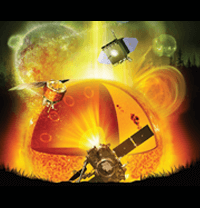
This is a resource about the sun and its effects on the rest of the Solar System. Learners will watch movie clips and read a guidebook of information about space weather, solar variability, the heliosphere, Earth’s magnetosphere and upper atmosphere, as well as the solar mysteries that scientists are still studying.
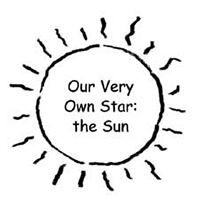
This storybook presents information about the sun, including its relationship to Earth, and its affects on our planet.
Check your local library for these and other titles about the sun and eclipses
- Branley, F. (1988). Eclipse: Darkness in Daytime. New York: Harper & Row
- Fowler, A. (1992). The Sun Is Always Shining Somewhere. Danbury: Children’s Press.
- Gibbons, G. (1983). Sun Up, Sun Down. New York: Scholastic Inc.
- Lindbergh, R. (1994). What is the sun? Cambridge: Candlewick Press.
- Vogt, G. (2000).Sun. Namkato: Capstone Press.
Many misconceptions exist regarding eclipses. When approaching this science topic, it may be helpful to know what those are and how to address them. Use this resource to get started.
Teaching Planetary Sciences – Eclipses
This is the third in a series of three professional development videos that correspond to lessons taught by Andrew Cloud, an Earth and planetary sciences teacher, with a class of 9th and 10th grade students. In this lesson, Andrew introduces the concept of eclipses. Includes videos, supplemental materials, and teaching tips. (PBS Learning Media, free login required)
Educational Research about teaching the big idea of Celestial Motion
- D. Heywood, J. Parker, and M. Rowlands, Exploring the visuospatial challenge of learning about day and night and the sun's path, Sci. Educ. 97, 772 (2013).
- J. D. Plummer and L. Maynard, Building a learning progression for celestial motion: An exploration of students' reasoning about the seasons, J. Res. Sci. Teach. 51, 902 (2014).
- J. D. Plummer, Spatial thinking as the dimension of progress in an astronomy learning progression, Stud. Sci. Educ. 50, 1 (2014).
- J. D. Plummer, A. Kocareli, and C. Slagle, Learning to explain astronomy across moving frames of reference: Exploring the role of classroom and planetarium-based instructional contexts, Int. J. Sci. Educ. 36, 1083 (2014).
- I. Testa, S. Galano, S. Leccia, and E. Puddu, Development and validation of a learning progression for change of seasons, solar and lunar eclipses, and moon phases, Physics Education Research. 11, 020102 (2015).






